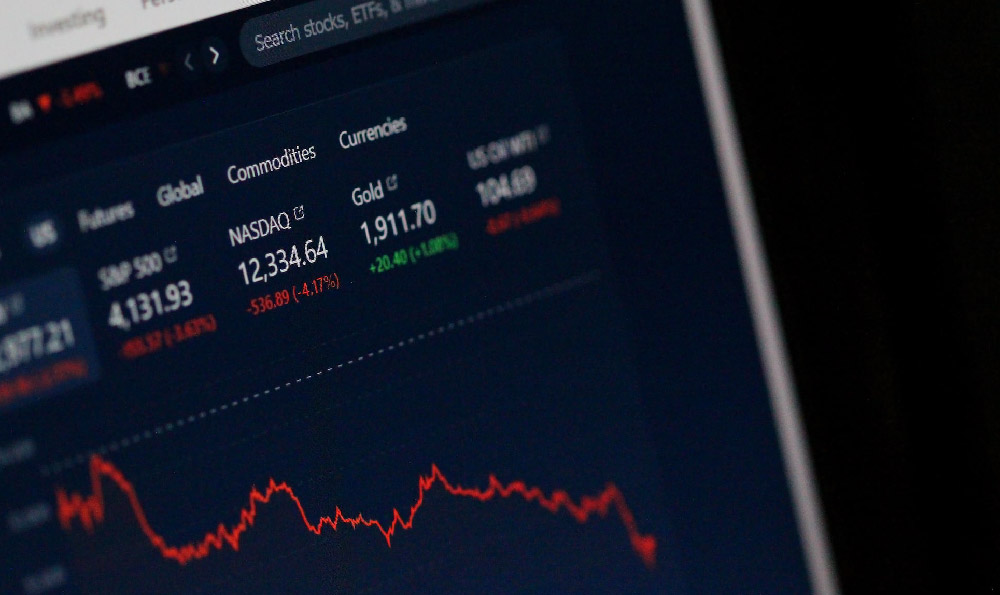Investing in Oil ETFs can seem like a straightforward way to capitalize on the energy market, but it's far more nuanced than simply predicting whether oil prices will rise or fall. Successfully navigating this investment landscape requires a deep understanding of market dynamics, ETF structures, and your own risk tolerance.
Oil ETFs, unlike direct investment in crude oil, offer exposure to the commodity through various financial instruments. These typically fall into a few categories: futures-based ETFs, equity-based ETFs, and physically-backed ETFs (though the latter are less common for oil due to storage complexities). Understanding the differences between these structures is crucial.
Futures-based ETFs are the most prevalent. They don't actually hold barrels of oil. Instead, they invest in oil futures contracts, agreements to buy or sell oil at a specific price on a future date. This mechanism introduces a phenomenon known as "contango" and "backwardation." Contango occurs when future month contracts are more expensive than near-term contracts. As the ETF approaches the expiration date of its current contract, it must "roll" it over, selling the expiring contract and buying a contract for a later date. In contango, this rollover process effectively bleeds value, as the ETF is consistently selling cheaper contracts and buying more expensive ones. Backwardation, the opposite scenario where future contracts are cheaper, can result in positive returns from rolling over, but it's less common and not guaranteed. Therefore, relying solely on oil price predictions isn't enough; you must consider the prevailing market structure of oil futures.

Equity-based oil ETFs, on the other hand, invest in the stocks of oil and gas companies. This approach offers indirect exposure to oil prices. The performance of these ETFs is tied to the profitability and overall health of the companies they hold. While oil prices certainly influence these companies' earnings, other factors such as exploration and production costs, geopolitical risks affecting specific companies, and management decisions play significant roles. These ETFs offer diversification benefits because they provide exposure to a basket of companies rather than a single commodity. They also tend to be less susceptible to the contango/backwardation issues that plague futures-based ETFs. However, they are also subject to general stock market volatility and company-specific risks.
Before investing, carefully analyze the ETF's prospectus. Pay close attention to its investment objective, underlying index (if any), expense ratio, and historical performance. High expense ratios can eat into your returns, especially in a volatile market like oil. Examine the ETF's top holdings to understand its concentration and potential exposures to specific companies or geographic regions.
Timing is crucial when investing in oil ETFs. Oil prices are notoriously volatile, influenced by a complex interplay of factors including global supply and demand, geopolitical events, production quotas set by OPEC and other major oil-producing nations, and economic indicators. Attempting to "time the market" perfectly is nearly impossible, but staying informed about these key drivers can help you make more informed investment decisions.
Consider using technical analysis to identify potential entry and exit points. Indicators like moving averages, relative strength index (RSI), and moving average convergence divergence (MACD) can provide insights into price trends and momentum. However, remember that technical analysis is not foolproof and should be used in conjunction with fundamental analysis.
Dollar-cost averaging, a strategy of investing a fixed amount of money at regular intervals, can help mitigate the risk of buying high and selling low. This approach smooths out the average purchase price over time, potentially leading to better returns in the long run, especially in a volatile market like oil.
Diversification is paramount in any investment portfolio, and this holds true for oil ETFs. Don't put all your eggs in one basket. Oil ETFs should be considered as part of a broader, well-diversified portfolio that includes other asset classes such as stocks, bonds, and real estate. This approach helps reduce overall portfolio risk and enhance long-term returns.
Recognize the risks involved. Oil prices are subject to significant swings, and oil ETFs can be highly volatile. Be prepared to ride out the ups and downs of the market. Don't invest money you can't afford to lose, and always have a clear exit strategy in place.
Regularly review your investment strategy and adjust it as needed based on market conditions and your personal circumstances. The oil market is constantly evolving, and your investment approach should be adaptable.
Finally, be wary of get-rich-quick schemes and exaggerated claims. Investing in oil ETFs is not a guaranteed path to wealth. It requires careful research, a disciplined approach, and a realistic understanding of the risks involved. Seek advice from a qualified financial advisor if you're unsure about any aspect of oil ETF investing. A financial advisor can help you assess your risk tolerance, develop a personalized investment strategy, and monitor your portfolio over time. By carefully considering these factors, you can make informed decisions about whether investing in oil ETFs is right for you and how to manage the associated risks effectively.











